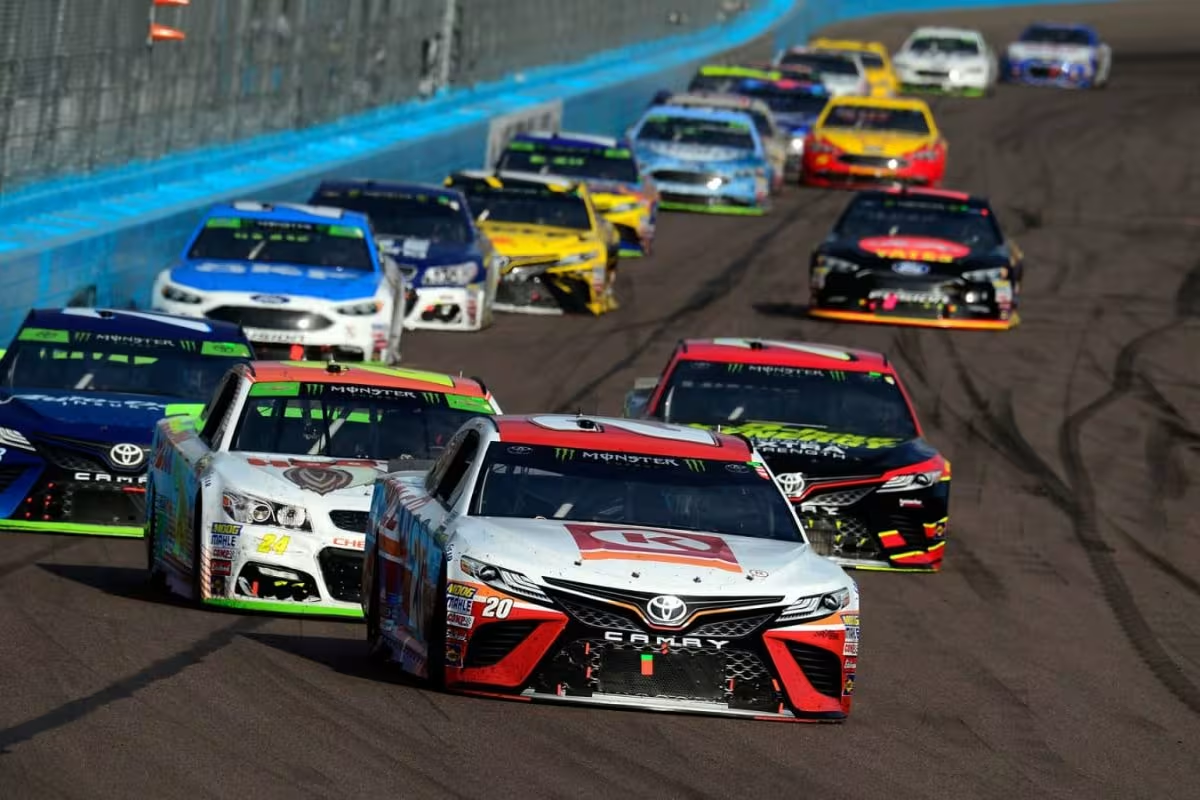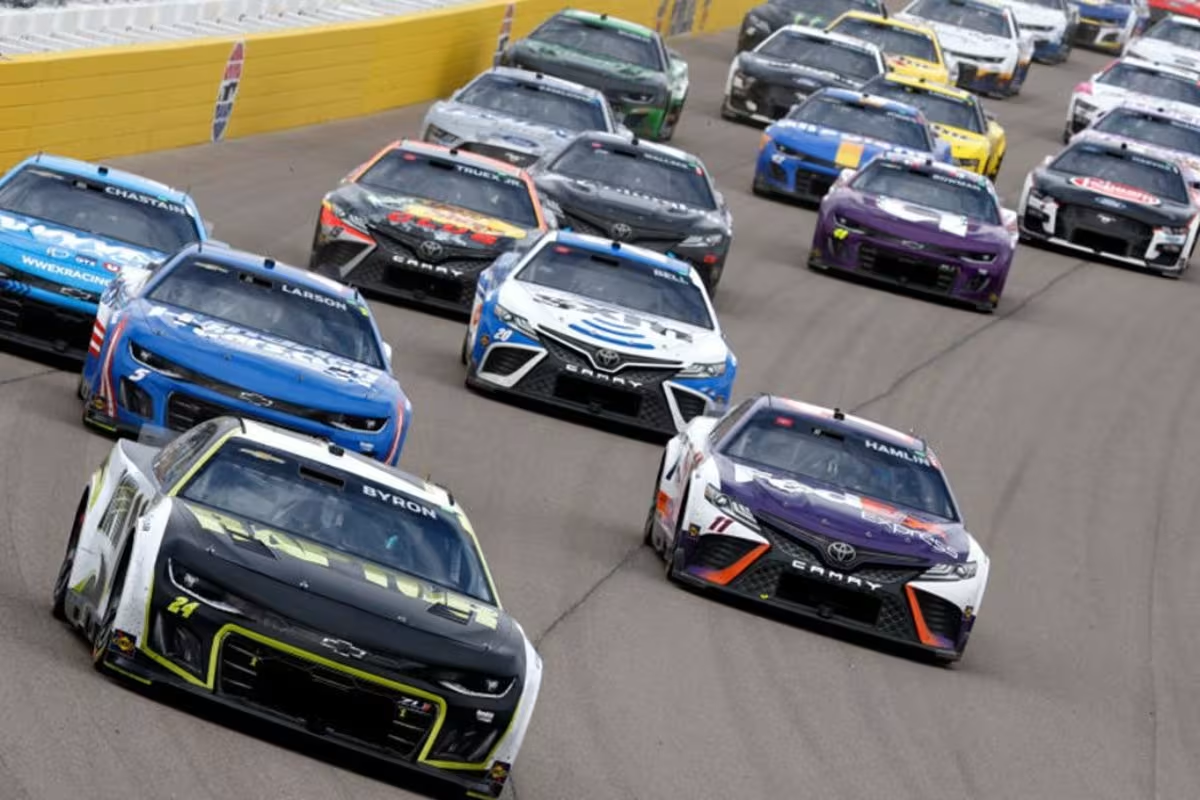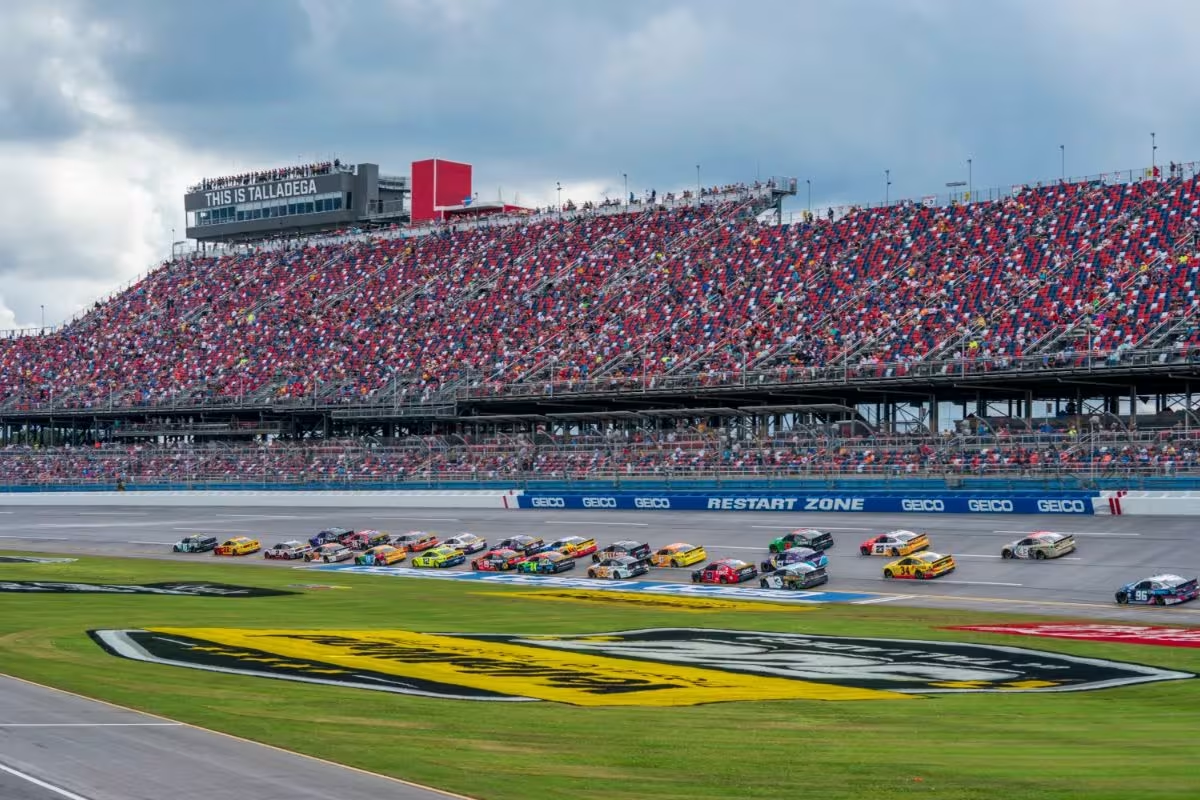NASCAR’s Talladega Makes a Driver Safety Statement: NASCAR’s recent safety improvements at Talladega, a renowned NASCAR racetrack, such as the introduction of roof flaps and advanced barrier systems, represent a notable effort to reduce the risk of airborne crashes. Despite these innovations, skepticism persists regarding their actual effectiveness in high-speed scenarios, particularly because of previous high-profile incidents that have raised concerns among drivers and teams. As the next race approaches, the implications of these changes will be under scrutiny, and the outcomes could redefine the balance between competitive racing and driver safety.
Key Highlights
- New aerodynamic modifications, including roof flaps and air deflectors, aim to reduce vehicle lift during crashes at Talladega.
- Enhanced roll cage designs and advanced barrier technology are implemented to better protect drivers during rollovers and high-impact collisions.
- Recent incidents have prompted a proactive approach to safety, reflecting NASCAR’s commitment to evolving racing dynamics and driver protection.
- Real-time incident monitoring systems enable immediate responses to accidents, minimizing injury risks and improving overall race safety.
- Comprehensive safety training programs ensure teams are well-prepared for emergencies, reinforcing established safety protocols and readiness.
NASCAR’s Safety Measures Ahead of Talladega
In preparation for the upcoming Cup race at Talladega Superspeedway, a racetrack, NASCAR has implemented a series of safety measures aimed at improving vehicle stability and reducing the risk of airborne incidents. Recognizing the challenges posed by high-speed racing on the unique geometry of Talladega, the sanctioning body has introduced three key modifications to the cars.
First, NASCAR has added fabric to the right side of the roof flaps. This improvement is designed to block more air when the flaps deploy, thereby boosting downforce and reducing the likelihood of lift during vital moments of the race. Given that roof flaps play a pivotal role in stabilizing a vehicle at high speeds, this change could greatly mitigate the potential for cars to become airborne.
Second, the introduction of a skirt at the bottom of the rocker panel near the base of the car serves to further manage airflow. By redirecting air around the chassis, this skirt aims to improve ground effect, thereby keeping the vehicle securely planted on the racing surface.
Lastly, extending the right-side roof rail by two inches with polycarbonate—while ensuring it does not impede visibility—provides an extra layer of structural integrity. This measure is expected to boost the comprehensive aerodynamic profile of the car, contributing to improved stability.
Collectively, these adjustments reflect NASCAR’s ongoing commitment to safety and performance, addressing the perennial concerns associated with high-speed racing dynamics at Talladega.
Recent Incidents Prompting Changes
Recent incidents in NASCAR have highlighted the vital need for improved safety measures, particularly in relation to airborne crashes. One of the most notable triggers for renewed scrutiny was Corey LaJoie’s unexpected flip at Michigan in August, marking the initial blow-over crash at a non-superspeedway track in the Cup Series since 2010. This incident served as a clear reminder of the inherent risks associated with high-speed racing and the potential for catastrophic outcomes when cars become airborne.
In response to this alarming event, NASCAR swiftly implemented a new air deflector above the back window on the right side of the car, which mirrored an existing feature on the left. This tactical modification was designed to improve vehicle stability by increasing the aerodynamics of the cars during high-speed actions.
NASCAR is implementing a new 3-part solution to help prevent cars lifting off at superspeedways when sideways.
The first part is the right side roof rails being extended to 2-inches with polycarbonate material. The piece will not extended to the windshield as tested earlier. pic.twitter.com/Oi2Jsa3hJ7
— Bozi Tatarevic (@BoziTatarevic) October 1, 2024
Officials asserted that the changes would raise the threshold velocity required for cars to lift off the ground by an estimated 15% to 20%, thereby considerably mitigating the risk of similar incidents.
The urgency of these modifications reflects a broader commitment within NASCAR to prioritize driver safety, particularly as the series approaches high-speed venues like Talladega.
The proactive measures taken in the wake of LaJoie’s crash emphasize the organization’s recognition of the evolving challenges associated with racing dynamics and the imperative to address them effectively. As the sport continues to confront the realities of airborne crashes, these changes represent a vital step in safeguarding the drivers and preserving the integrity of the sport.
Continued Concerns After Initial Changes
Despite the implementation of new safety measures, ongoing concerns regarding airborne incidents in NASCAR persist. The recent incidents involving drivers Michael McDowell and Josh Berry emphasize the limitations of current safety protocols. McDowell’s near flip in front of the field during a race illuminated the precarious nature of high-speed collisions, while Berry’s dramatic crash served as a glaring reminder of the challenges that remain.
After spinning to the inside of the track, Berry’s Ford Mustang lifted off the ground, flipping onto its roof before colliding with the inside wall and spinning uncontrollably. These occurrences raise critical questions about the effectiveness of the modifications made to the vehicles and track design.
Although NASCAR has introduced changes aimed at reducing the likelihood of airborne crashes, the persistence of such incidents suggests that further action may be necessary. The dynamics of restrictor plate racing at tracks like Talladega create an environment where aerodynamic lift can easily occur, particularly during multi-car incidents. The physics of these high-speed collisions complicate safety measures, as even minor adjustments can result in catastrophic outcomes.
As the series continues to evolve, it is imperative for NASCAR to engage in ongoing dialogue with engineers, drivers, and safety experts to investigate creative solutions that effectively mitigate the risks of airborne crashes, ensuring the safety of all participants on the track.
Outcome of the Recent Wreck
The aftermath of Josh Berry’s harrowing crash has left a profound impact on the NASCAR community, intensifying apprehensions about driver safety as the Talladega race approaches. Despite Berry emerging unharmed from a wreck that rattled the garage, the incident highlighted the persistent vulnerabilities that drivers face at high-speed tracks.
The Talladega race, known for its high-stakes competition and close-quarter racing, now looms with heightened scrutiny over the efficacy of recent safety measures.
- Increased focus on aerodynamic designs to mitigate lift
- Calls for further improvements in barrier technology
- Discussions on the role of spotters and team communication
The recent wreck serves as a glaring reminder of the precarious nature of motorsport, where the balance between thrilling competition and driver safety remains delicate. While Berry’s survival without injury is a positive outcome, it does not diminish the lingering concerns regarding the potential for airborne crashes.
The incident has reignited debates on whether existing safety protocols are sufficient to protect drivers in similar situations. As the NASCAR community grapples with the implications of this wreck, it is clear that the dialogue surrounding safety must evolve.
Implications for Talladega and Future Races
As the NASCAR community reflects on the implications of Josh Berry’s recent crash, the focus shifts to the upcoming Talladega race and its significance in the broader context of driver safety. The recent safety measures, introduced as a direct response to incidents like Berry’s, are designed to mitigate the risk of airborne crashes—a persistent concern at high-speed tracks. The implications of these changes could resonate well beyond Talladega, impacting future races and the complete safety landscape of NASCAR.
These improvements signify a commitment to evolve NASCAR’s safety protocols. As Talladega approaches, the efficacy of these measures will be scrutinized not only by fans but also by industry experts. The race serves as a critical test case for the implementation of these safety protocols, potentially influencing future regulations and driver safety initiatives across the series. Ultimately, the lessons learned here could shape the future of NASCAR racing, paving the way for a safer competitive environment.
News in Brief: NASCAR’s Talladega Makes a Driver Safety Statement
The recent safety improvements implemented by NASCAR at Talladega, including the installation of roof flaps and advanced barrier technology, represent a proactive approach to mitigating the risks associated with airborne crashes. However, ongoing scrutiny and analysis of these measures remain crucial, particularly in consideration of recent high-speed incidents that raise questions about their real-world effectiveness. The forthcoming race will provide an opportunity to assess these modifications and their impact on driver safety and the comprehensive integrity of the sport.
ALSO READ: NASCAR’s Ticketmaster Controversy: NASCAR Fans Fear More Fees Ahead



